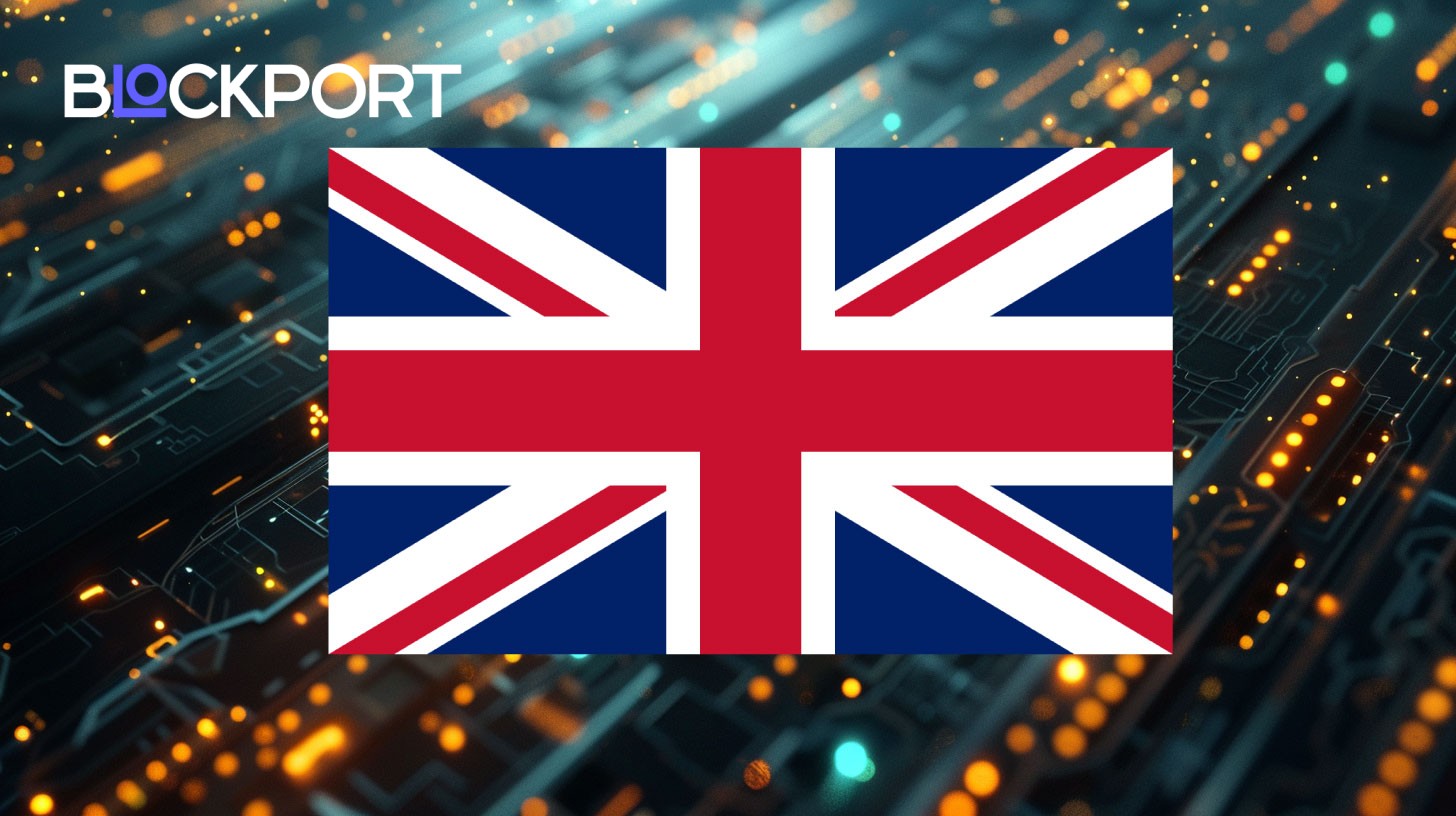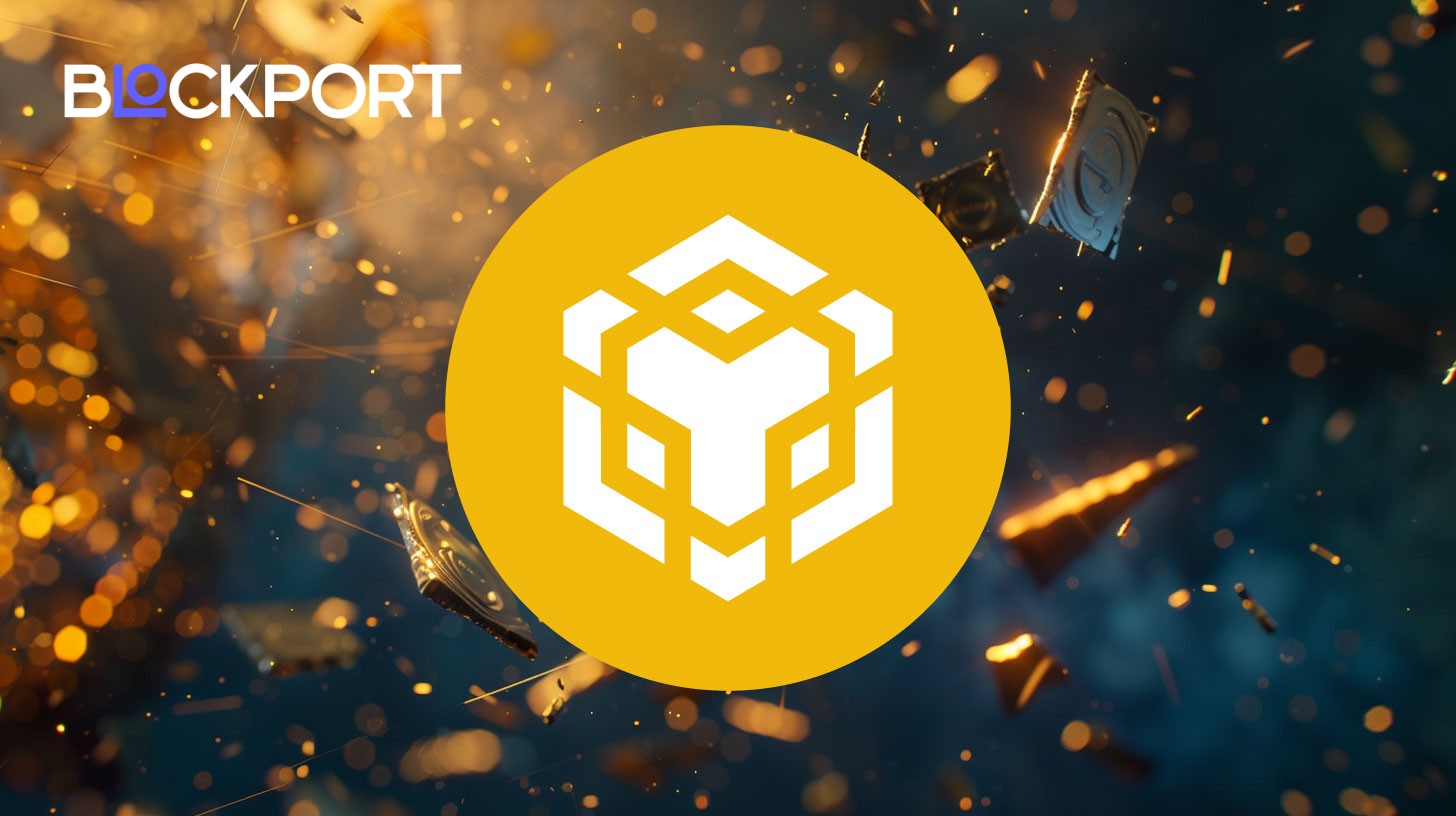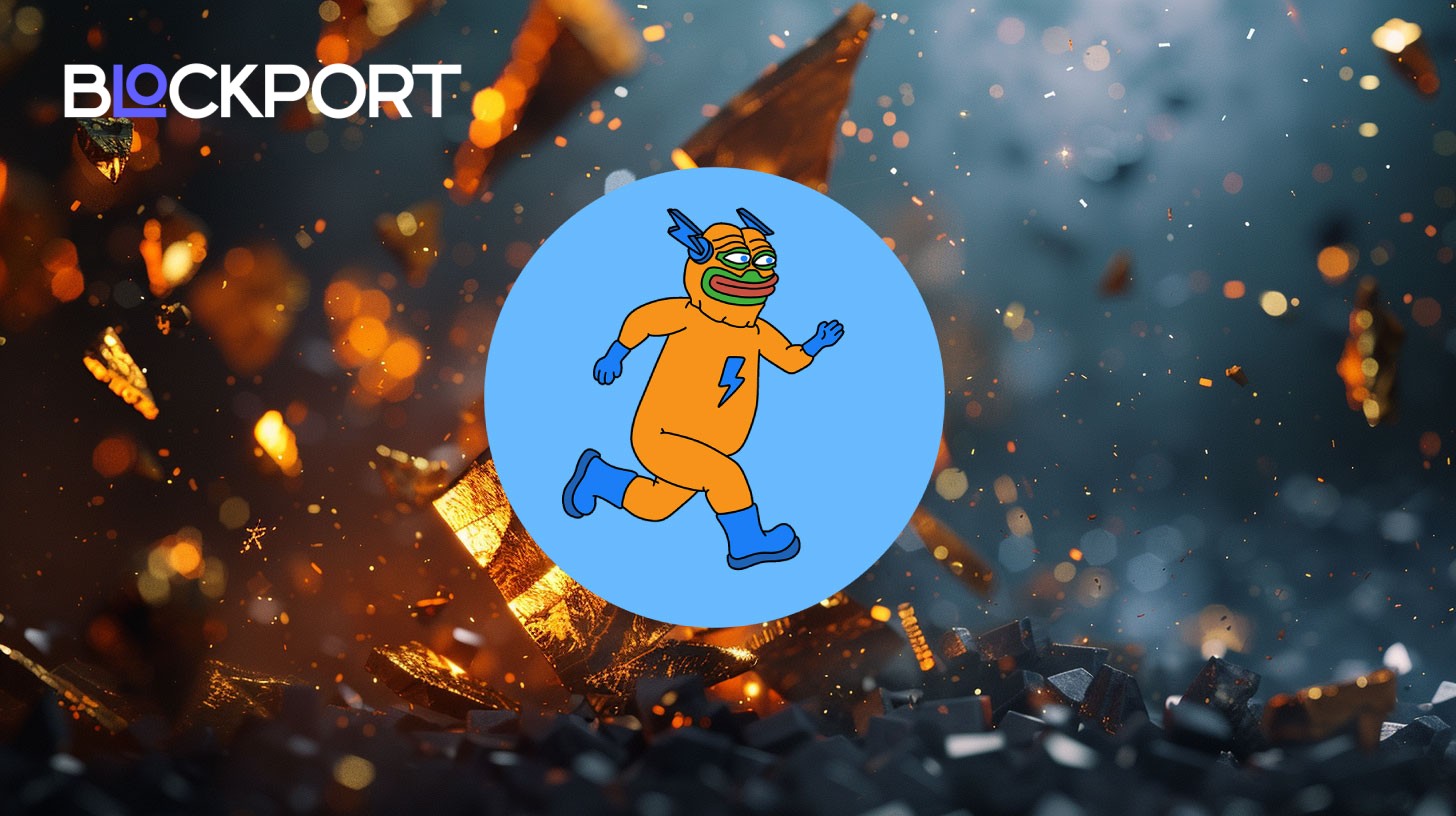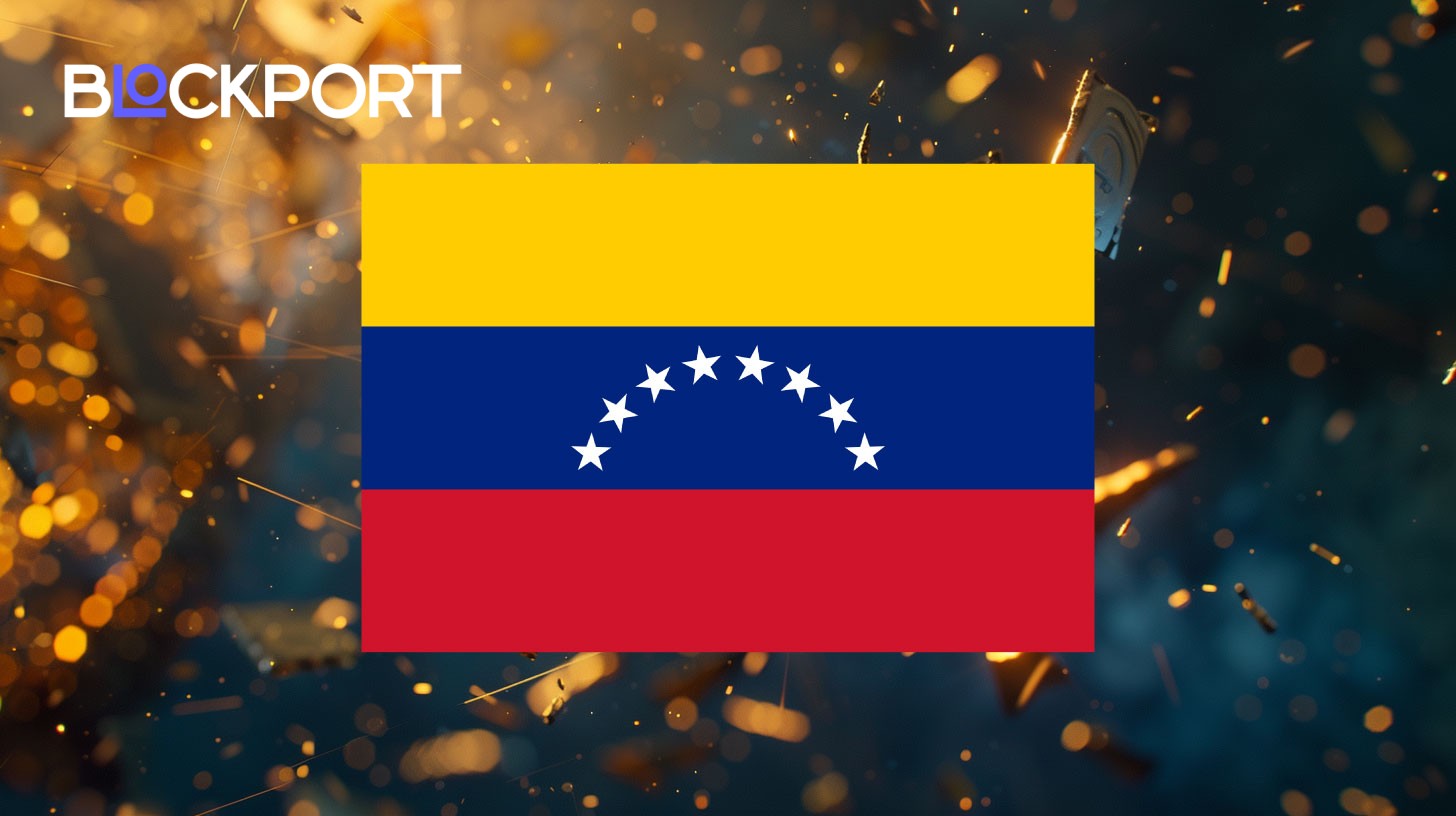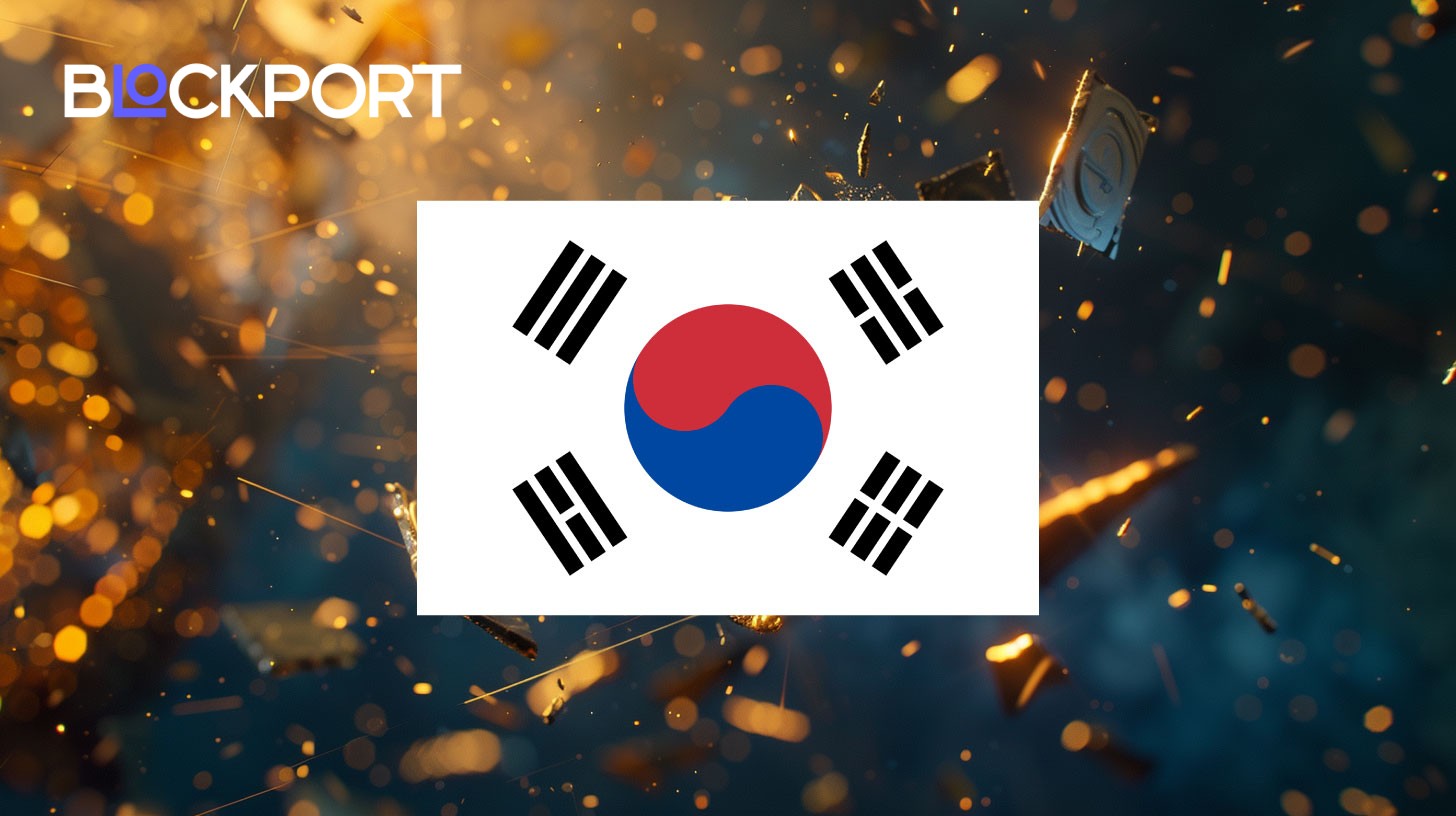GameFi Protocol Crypto: Powering the Play-to-Earn Revolution

From collectibles to open economies, GameFi is turning gameplay into income. Here’s how blockchain is fueling the next era of crypto gaming.
On this page
Blockchain transformed finance through DeFi. Now it’s revolutionizing gaming through GameFi (short for “Game Finance”) – a growing sector that merges the mechanics of decentralized finance with interactive gameplay. Instead of playing purely for entertainment, users can earn real value by participating in blockchain-based games.
What Does GameFi Mean?
To understand what is GameFi, consider how it brings together two distinct worlds: gaming and decentralized finance (DeFi). It’s a model where players earn real value through gameplay, receiving rewards in the form of blockchain-based tokens and NFTs.
Unlike traditional games, where assets are confined to the developer’s ecosystem, GameFi gives players full ownership of their in-game items. These assets live on the blockchain and can be traded, sold, or used across platforms.
The GameFi meaning centers on this shift from pure entertainment to a play-to-earn experience. It creates a decentralized, player-driven economy where time in virtual worlds can yield tangible returns.
The Mechanics of GameFi Platforms
The core innovation of Game-Fi is its overhaul of the in-game economy. Unlike traditional games, which confine items and currencies within closed systems, GameFi platforms use open, blockchain-based infrastructure. This enables decentralized ownership, asset mobility, and real financial rewards tied to gameplay.
Most GameFi platforms rely on the Play-to-Earn (P2E) model. Players earn rewards, typically native tokens or NFTs, by completing tasks, winning battles, crafting items, or supporting the ecosystem. These tokens can be used in-game, staked for passive income, or traded on crypto exchanges. As a result, gaming shifts from pastime to potential income source.
GameFi also changes how value flows. In traditional games, value moves in one direction: players spend money, but everything remains under the developer’s control. Assets cannot be sold, withdrawn, or traded. The system is closed.
GameFi introduces an open economy. Players still acquire items, but those assets live on-chain and belong to them. They can be traded freely in direct or third-party marketplaces. As demand grows, asset value may rise, offering a chance to profit. Money no longer flows only in. It circulates. Players do not just spend; they earn.
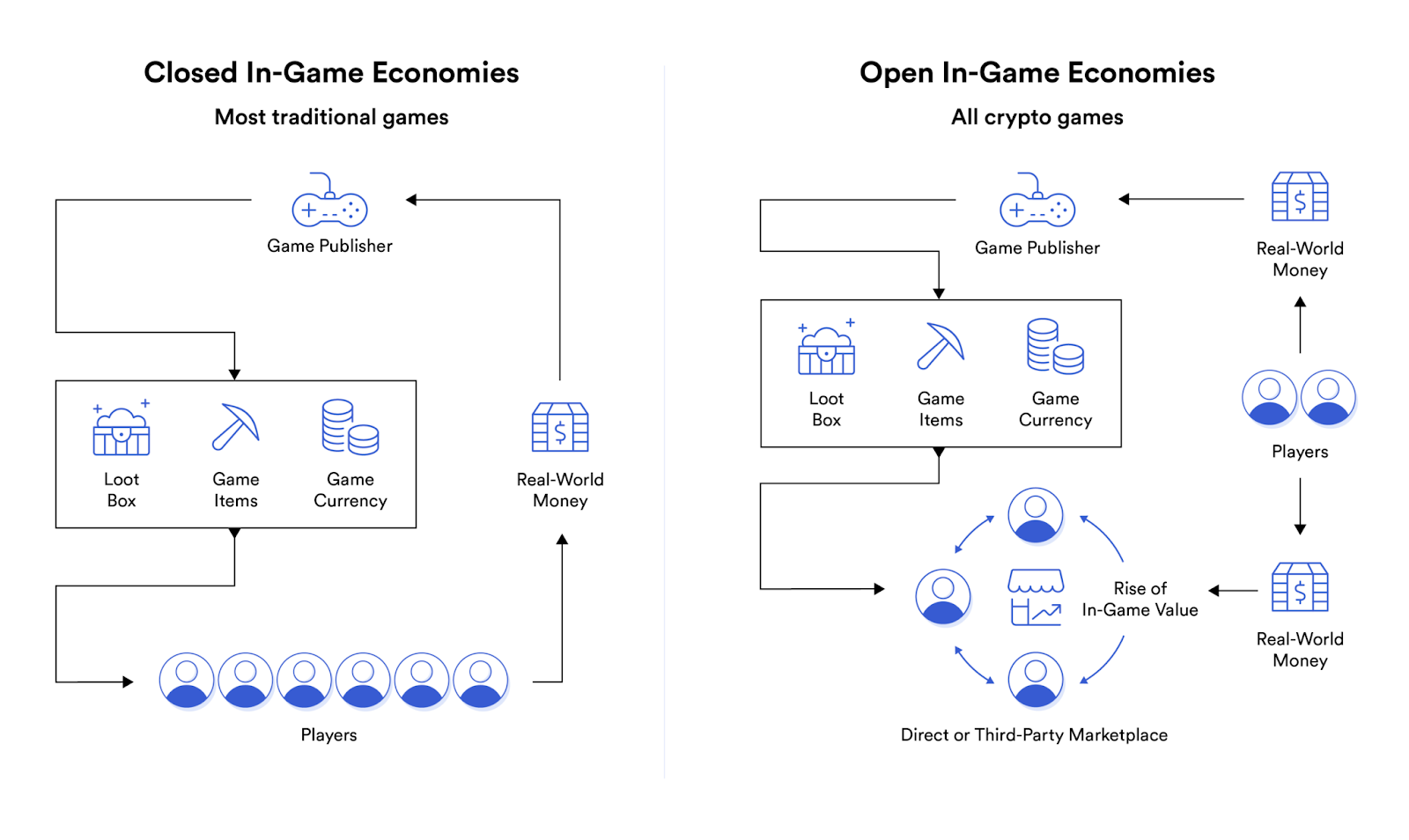
The diagram highlights the difference:
- In closed ecosystems, typical of traditional games, all value stays locked within the developer’s system. Money flows in but never out.
- In open ecosystems (GameFi), players have control. Blockchain-based assets can be sold or exchanged, allowing value to move in both directions.
Most successful GameFi platforms have evolved beyond simple token rewards to sophisticated economic models (dual-token systems). Utility tokens handle routine transactions, while governance tokens give players voting power over proposals and updates. Items such as weapons, avatars, and virtual land are often issued as NFTs, giving players verifiable ownership and long-term value.
Some platforms feature in-game marketplaces where users can trade directly. Others manage supply through token burning or staking. Together, these systems create dynamic digital economies where time, strategy, and skill can generate real financial returns.
How Blockchain Powers GameFi Platforms
Blockchain technology underpins GameFi by enabling ownership, transparency, and secure transactions. These are capabilities that traditional games lack.
Smart contracts automate essential functions such as distributing rewards, verifying achievements, managing NFTs, and processing trades. They operate independently, without intermediaries, which reduces the risk of fraud or tampering.
Blockchain also guarantees true asset ownership. In conventional games, players can buy items but never fully own them. In GameFi, assets such as characters, weapons, and currency are recorded on-chain and stored in players’ wallets. They can be sold, traded, or used beyond the game itself.
Security and traceability are built into the system. Every transaction is logged on a decentralized ledger, making ownership and transfer history easy to verify. This helps maintain scarcity and prevents duplication.
As GameFi protocol crypto platforms evolve, many are adopting cross-chain compatibility. This allows players to use their assets across multiple games and blockchains, reinforcing the open, player-driven economy at the heart of GameFi.
Top GameFi Projects to Know About
Axie Infinity. One of the first and most recognizable names in GameFi, Axie Infinity allows players to collect, breed, and battle fantasy creatures called Axies. Each Axie is a unique NFT with distinct traits. Players earn Smooth Love Potion (SLP) tokens by winning battles, which can be traded or used in-game. Built on the Ronin sidechain, the platform offers low fees and high throughput.

The Sandbox. A metaverse platform where users can purchase virtual land, build experiences, and monetize their creations. Gameplay centers on user-generated content and is powered by the SAND token. As a leading Game Fi project, it combines gaming, creativity, and digital real estate.
Illuvium. An open-world RPG with high-quality visuals, built on the Ethereum blockchain. Players explore alien landscapes, capture NFT-based creatures, and battle them in arena-style combat. The game uses ILV tokens for governance and rewards, offering a refined take on play-to-earn gaming.
Gods Unchained. A digital card game built on blockchain, Gods Unchained features gameplay similar to Hearthstone. Players own their cards as NFTs and can trade them on secondary markets. GODS tokens are used for crafting cards and participating in governance decisions.

Gala Games. A platform that hosts a growing lineup of blockchain-based games across genres like RPG, strategy, and simulation. It uses the GALA token for in-game transactions and community voting. Gala’s mission is to decentralize gaming by giving control to players and developers.
What Are the Strengths and Weaknesses of GameFi?
One of the main advantages of GameFi crypto platforms is the ability to earn while playing. Unlike traditional games, where time and effort bring no financial return, GameFi lets players turn their skills into income through token rewards and NFT ownership. This model has gained particular traction in emerging markets.
Another key strength is transparency. All transactions are recorded on-chain, ensuring fairness and protecting against manipulation. Players also gain full ownership of their assets, which can be traded, sold, or used across platforms.
GameFi faces significant hurdles that could limit mainstream adoption. Market volatility tops the list – when token prices crash, player earnings disappear overnight. Token prices can swing dramatically, reducing the value of in-game rewards. Many GameFi crypto economies also struggle with long-term sustainability, as aggressive reward systems often lead to inflation and user churn.
For GameFi to thrive, developers must strike a balance between financial incentives and engaging gameplay. Without compelling content, earnings alone won’t keep players coming back.
Getting Started with GameFi
For New Players:
- Research first: understand tokenomics before investing time or money
- Start small: begin with free-to-play options or minimal investment
- Track earnings: monitor token values and withdrawal requirements
- Join communities: discord and Telegram groups provide valuable insights
Red Flags to Avoid:
- Games promising unrealistic returns (100%+ APY)
- Projects without clear roadmaps or experienced teams
- Platforms requiring large upfront investments
The Future of GameFi
GameFi represents a fundamental shift from gaming as entertainment to gaming as opportunity. While challenges around sustainability and volatility remain, the sector continues attracting both players and developers seeking alternatives to traditional gaming economics.
As blockchain infrastructure improves and more studios experiment with play-to-earn mechanics, GameFi could reshape not just how we play games, but how we think about digital ownership, virtual economies, and the value of our time spent in virtual worlds.
For players interested in exploring GameFi, start with established platforms like Axie Infinity or Gods Unchained to understand the mechanics before diving into newer, more experimental projects.
Content on BlockPort is provided for informational purposes only and does not constitute financial guidance.
We strive to ensure the accuracy and relevance of the information we share, but we do not guarantee that all content is complete, error-free, or up to date. BlockPort disclaims any liability for losses, mistakes, or actions taken based on the material found on this site.
Always conduct your own research before making financial decisions and consider consulting with a licensed advisor.
For further details, please review our Terms of Use, Privacy Policy, and Disclaimer.


